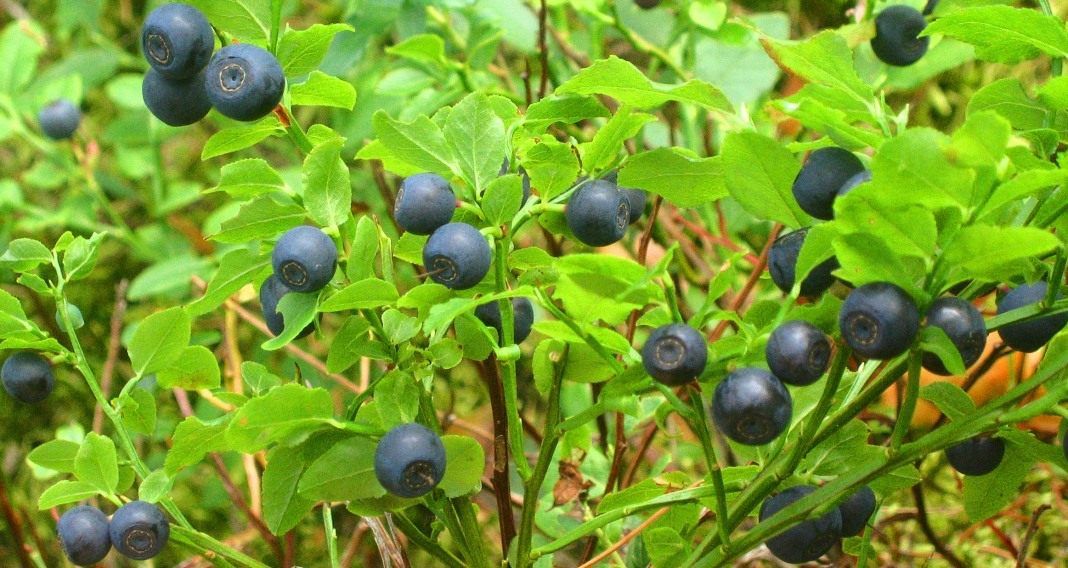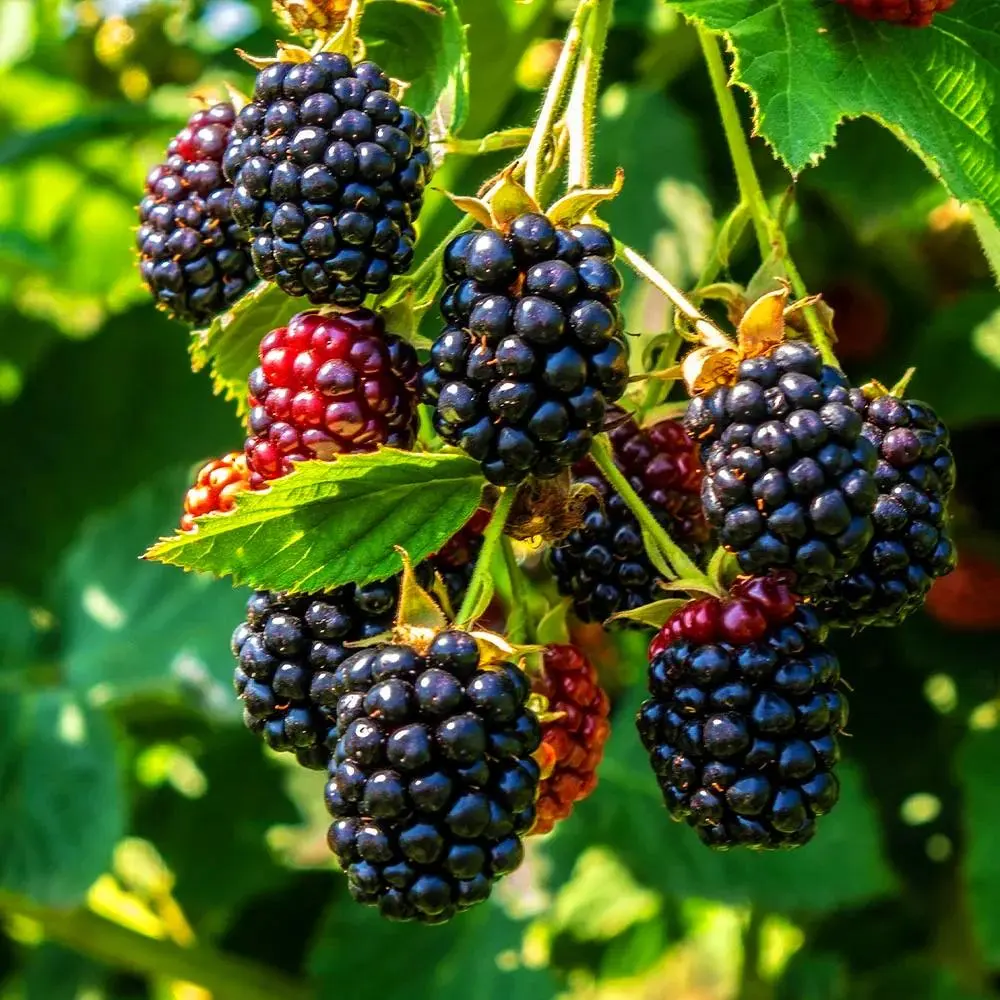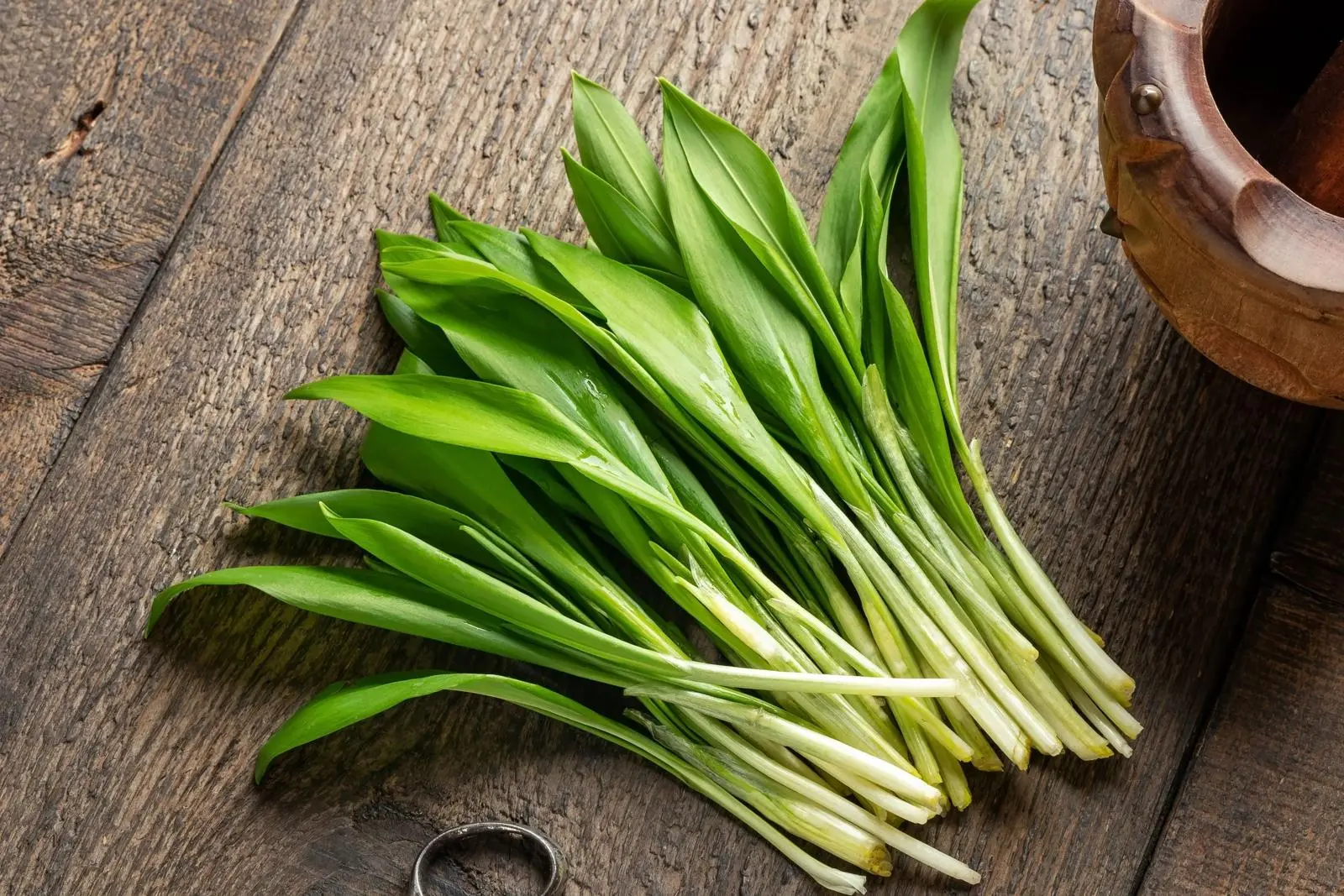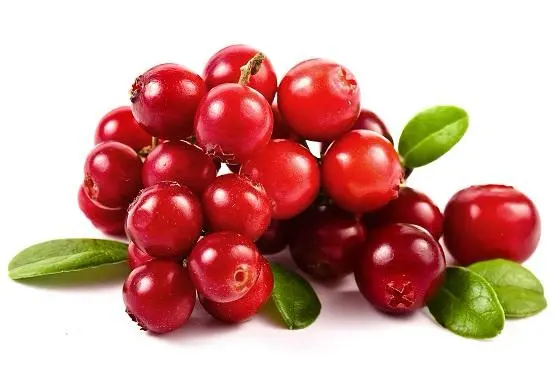
The forests of Romania's Apuseni Mountains are home to a diverse array of berry species that have been harvested and used by local communities for centuries. Among these, red berries like cranberries and lingonberries often cause the most confusion – even experienced foragers sometimes struggle to distinguish between certain species. This guide will help you understand the key differences between these similar-looking forest treasures, their unique nutritional profiles, and how to best use each variety in your kitchen.
The Red Berry Family: Understanding the Taxonomy
The most common red berries found in Romanian mountain forests include:
- European Cranberry (Vaccinium oxycoccos) - Known locally as "merișor de mlaștină"
- Lingonberry (Vaccinium vitis-idaea) - Known as "merișor" or "afin roșu"
- European Barberry (Berberis vulgaris) - Known as "dracilă"
- European Rowan (Sorbus aucuparia) - Known as "scoruș"
- Common Hawthorn (Crataegus monogyna) - Known as "păducel"
Though they all produce red berries, these plants belong to different botanical families and offer distinct flavor profiles and nutritional benefits. In this article, we'll focus primarily on the most commonly confused pair: cranberries and lingonberries.
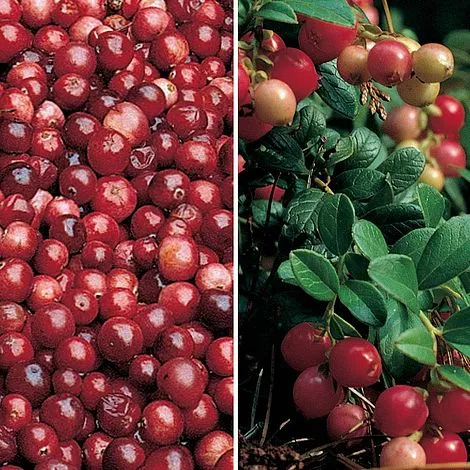
Cranberries vs. Lingonberries: Spotting the Differences
European Cranberry (Vaccinium oxycoccos)
- Growth Habit: Trailing vine-like plant with slender stems that grow through wet, acidic bogs
- Leaves: Small, oval, dark green leaves with distinctly rolled-under edges and pale undersides
- Berries: Relatively large (8-10mm), egg-shaped berries that start white and ripen to deep red
- Flavor Profile: Very tart, astringent with minimal sweetness
- Habitat: Found primarily in wet, acidic bogs and marshy areas at higher elevations
- Harvest Season: Late autumn, often after first frost (September-October)
Lingonberry (Vaccinium vitis-idaea)
- Growth Habit: Low-growing evergreen shrub with upright stems
- Leaves: Leathery, oval, dark green leaves with slightly curled edges and distinctive black dots on undersides
- Berries: Smaller (5-8mm), round berries that ripen to bright red
- Flavor Profile: Tart but with more natural sweetness than cranberries
- Habitat: Prefers drier, acidic soil in coniferous or mixed forests
- Harvest Season: Late summer to autumn (August-September)
While both belong to the Vaccinium genus (along with blueberries), these berries grow in different habitats and have distinct uses in traditional Romanian cuisine. Cranberries typically prefer wetter conditions, while lingonberries thrive in the drier forest floor environment.
Nutritional Profiles: Similar Yet Different
Both cranberries and lingonberries are nutritional powerhouses, but they differ in their specific compounds and benefits:
Cranberries
- Vitamin C: High content, approximately 13-15mg per 100g
- Unique Compounds: Rich in A-type proanthocyanidins (PACs), which prevent bacterial adhesion
- Antioxidants: Particularly high in quercetin and myricetin
- Acidity: Higher acid content, especially quinic acid
- Wellness Benefits: Particularly known for urinary tract health support
Lingonberries
- Vitamin E: Higher vitamin E content than cranberries
- Unique Compounds: Contains arbutin, a natural preservative with antimicrobial properties
- Antioxidants: Rich in anthocyanins and resveratrol
- Minerals: Higher manganese and magnesium content
- Wellness Benefits: Often used for anti-inflammatory and gut health properties
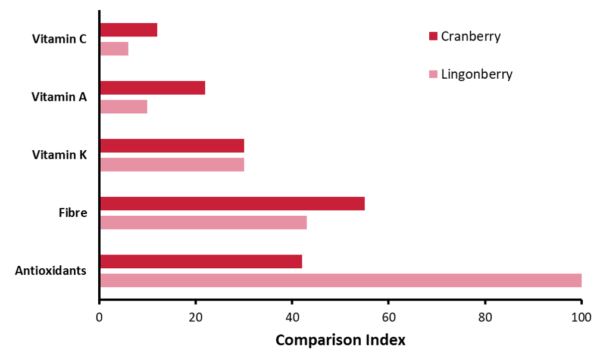
Traditional Uses in Romanian Culture
The people of the Apuseni Mountains have developed distinct uses for each berry type based on their unique properties:
Cranberry Traditional Uses
- Medicinal: Traditional remedy for urinary infections and kidney stones
- Preserves: Made into thick preserves often combined with honey and walnuts
- Beverages: Fermented into mildly alcoholic drinks or added to țuică (Romanian plum brandy)
- Winter Storage: Often stored in water in cool cellars
- Syrups: Concentrated into medicinal syrups for winter colds
Lingonberry Traditional Uses
- Preserves: Traditional lingonberry jam is made with minimal sugar
- Accompaniments: Served alongside game meats, especially venison and wild boar
- Natural Preservation: Used to preserve other foods due to its natural benzoic acid content
- Winter Storage: Can be stored raw in water for months due to natural preservatives
- Medicinal: Used for digestive ailments and as an anti-inflammatory
"The forest gives us different berries for different needs - cranberries to cleanse, lingonberries to preserve and strengthen. Our ancestors understood this balance long before science could explain it." - Maria Florescu, 82-year-old herbalist from the Apuseni region
Modern Culinary Applications
Understanding the distinct properties of each berry helps determine their best culinary uses:
Best Uses for Cranberries
- Sauces: The high pectin content makes them perfect for sauces that naturally thicken
- Juice Blends: Their intense tartness works well when diluted and combined with sweeter fruits
- Baking: Excellent in quick breads, muffins, and cakes when balanced with sugar
- Dried Applications: When dried and sweetened, they make excellent snacks or baking ingredients
- Savory Dishes: Pair particularly well with poultry and pork
Best Uses for Lingonberries
- Traditional Preserves: Their natural preservatives allow for making "raw stirred" preserves with less sugar
- Meat Accompaniment: The perfect balance of sweet and tart makes them excellent with game meats
- Cheese Pairings: Complements aged cheeses particularly well
- Baked Goods: Adds bright flavor to pastries, especially those with almond or hazelnut
- Beverages: Makes excellent syrups for cocktails or non-alcoholic drinks
Traditional Romanian Recipe: Merișoare cu Miere și Nuci (Lingonberries with Honey and Walnuts)
This simple but exquisite preparation showcases the natural flavor of lingonberries:
- 500g fresh lingonberries, carefully cleaned
- 300g raw Romanian forest honey
- 200g chopped walnuts from the Apuseni region
- 1 teaspoon freshly grated lemon zest
- Optional: 1 cinnamon stick
Gently crush half the lingonberries to release their juices. Combine with whole berries and remaining ingredients in a ceramic bowl. Allow to macerate for 24 hours at room temperature, then store in sterilized jars. This preparation will keep for several months due to the natural preservatives in the lingonberries combined with honey's antibacterial properties. Traditionally served with brânză de burduf (fermented sheep cheese) or alongside game dishes.
Sustainable Harvesting and Conservation
Both cranberries and lingonberries grow in sensitive ecosystems that require careful harvesting practices:
- Selective Picking: Only harvest fully ripe berries, leaving some for wildlife and regeneration
- Plant Protection: Avoid damaging the low-growing plants when harvesting
- Habitat Awareness: Cranberry bogs are particularly fragile ecosystems; stay on established paths
- Rotation: Harvest from different areas each year to allow recovery
- Local Knowledge: Work with forest guides who understand the sustainable yields
At TRANS FRUIT SRL, we follow traditional sustainable harvesting methods that ensure these precious berries will continue to thrive in the Apuseni Mountains for generations to come.
Conclusion: Appreciating the Diversity
Understanding the differences between cranberries, lingonberries, and other red forest berries enriches both our culinary experiences and our connection to the natural world. Each species represents a unique adaptation to specific forest conditions, resulting in distinctive flavors and properties that have been recognized and utilized by traditional cultures for centuries.
By learning to identify these berries correctly and understanding their optimal uses, we can better appreciate the remarkable biodiversity of Romania's mountain forests and the culinary heritage they have inspired. Whether you're foraging yourself or selecting forest products, this knowledge ensures you'll choose the right berry for every culinary application and wellness need.

